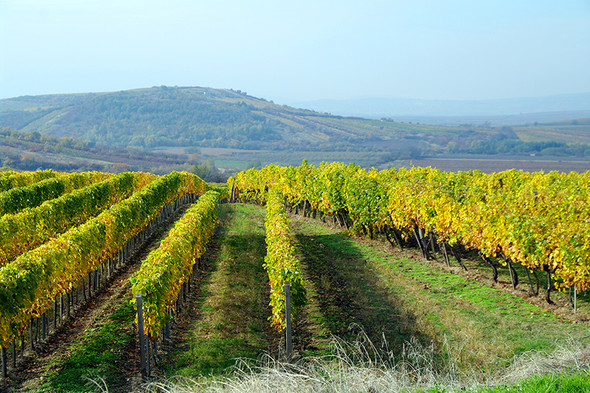Mád, a small old market town in the Tokaj-Hegyalja region, joined Budapest for the first time this year in organising Furmint February too, with the intention of making this type of wine more popular at least with the wine-loving public. The wine culture in Hungary has undergone a spectacular and convincing development over the past 25 years. However, this former wine country, which was one of the three great wine cultures in Europe in addition to France and Germany prior to WWII, as Hugh Johnson proclaimed, all but disappeared from the wine map during the decades of Communism.
Finding a national variety is part of the renaissance of Hungarian wine. What should be our Grüner Veltliner, Malbec, Tannat or Sangiovese? The variety which makes everyone think of the country, wondering what kind of great place this sort of wine comes from. Olaszrizling might not have enough acidity or talent, rosé is not typically Hungarian and is not even a variety. The national variety must be autochthonous, not international, must possess beneficial production characteristics and be capable of producing both entry level and premium wines.
Furmint, the main white variety alongside the black Kadarka, was widespread in the Hegyalja region before phylloxera. It was successful mainly due to its great susceptibility to noble rot, not because it was an excellent variety for dry wine. At the turn of the millennium, the Furmint paradigm was reborn thanks to István Szepsy, a most creative winemaker with a theoretical disposition; he demonstrated that this variety is able to produce a dry wine which is deep, elegant, steely, masculine and mineral, with beautiful acidity, intensively reflecting and mediating the terroir.
So, what kind of tastes and impressions did we come across at Furmint February in Mád and what is the ideal Furmint like? (As I cannot describe a dozen different wines here, let me paint a general picture of Furmint). It is of greenish-gold colour, basically non-perfumed and closed, with a masculine aroma. Flowers, fruit, white-fleshed peach and green apple can be detected in the aroma as it opens up in the glass. (The more oxidised-oaky old style version exudes the flavour of yellow or slightly bruised, brownish apple with its associations of cider, apple juice and apple compote. However, this style is becoming less and less common; this is how Furmint used to taste. Today the concept of Furmint is more modern and uniform than ten years ago). In addition, there is some pear, pineapple, attractive vegetal and medicinal overtones, the petrol note of Riesling, citrus and honey, with a bit of straw and the aroma of rock. Highly extracted on the palate with intensive minerality and fine, vivid, vibrant malic acidity which is high but not unattractively sharp, and if you’re lucky, with a touch of sweetness, well-balanced sweetness and sourness, and slightly warming alcohol. In short, there are some perfect, layered, volcanic wines which stand out among the Furmint wines. However, most of them are not striking, they are still somewhat uncertain of themselves, and although winemakers swear that Furmint is a variety with potential for long life, insufficient time has passed since its renaissance for us to gain a true overview. It seems that acidity which quickly becomes tires is a frequent phenomenon; the acidity structure falls apart within five to ten years, showing the wrinkles of premature aging. The author is not convinced that Furmint should necessarily be the flagship Hungarian white wine. The above wine description was mainly put together from the filtered Holdvölgy 2015 Furmint from clone T 75, the selected Urbán Szepsy 2015 from P 26 and Gábor Orosz’s 2013 Betsek, although I won’t mention the name of the wine which demonstrated the ageing acidity.






